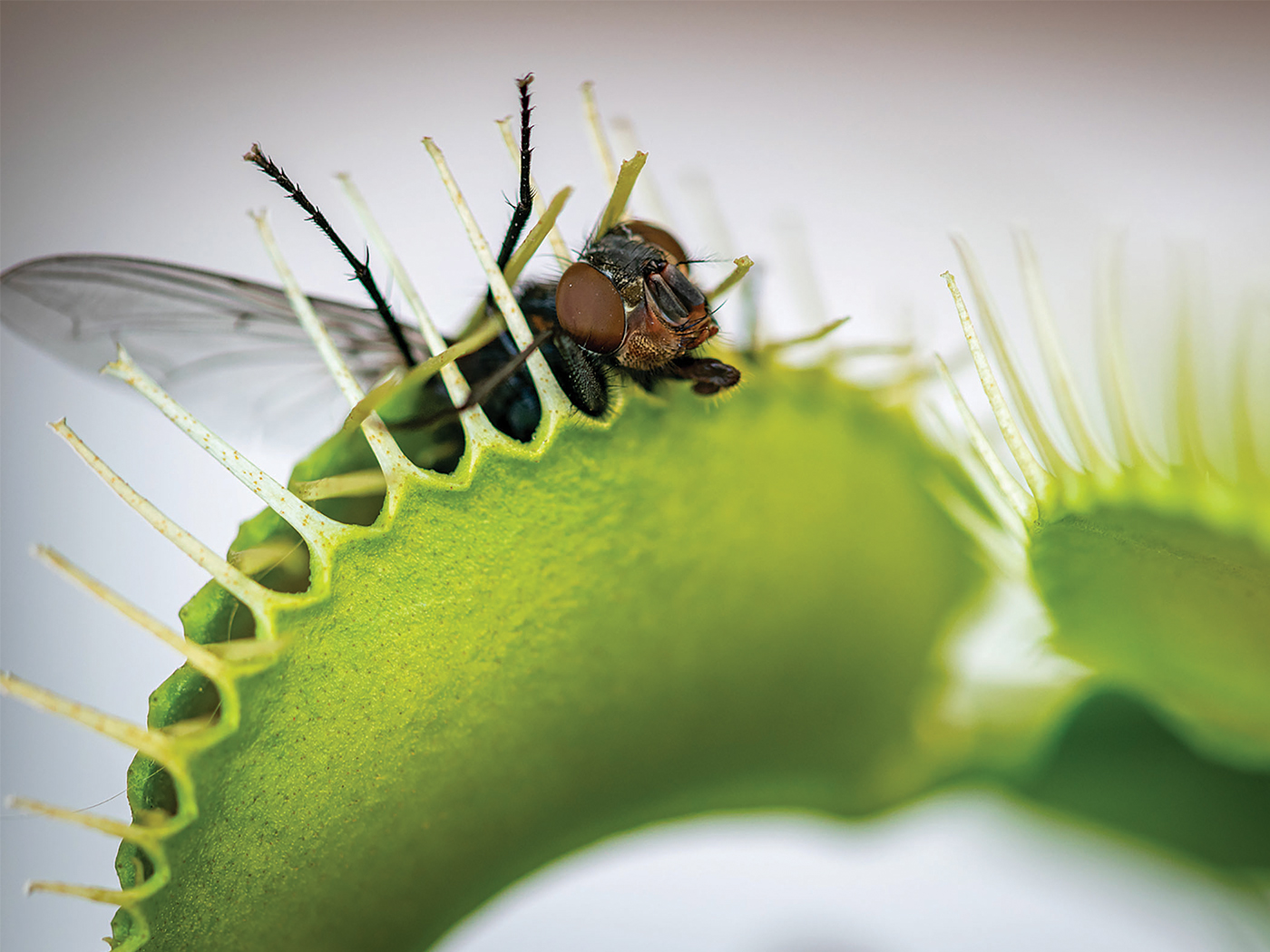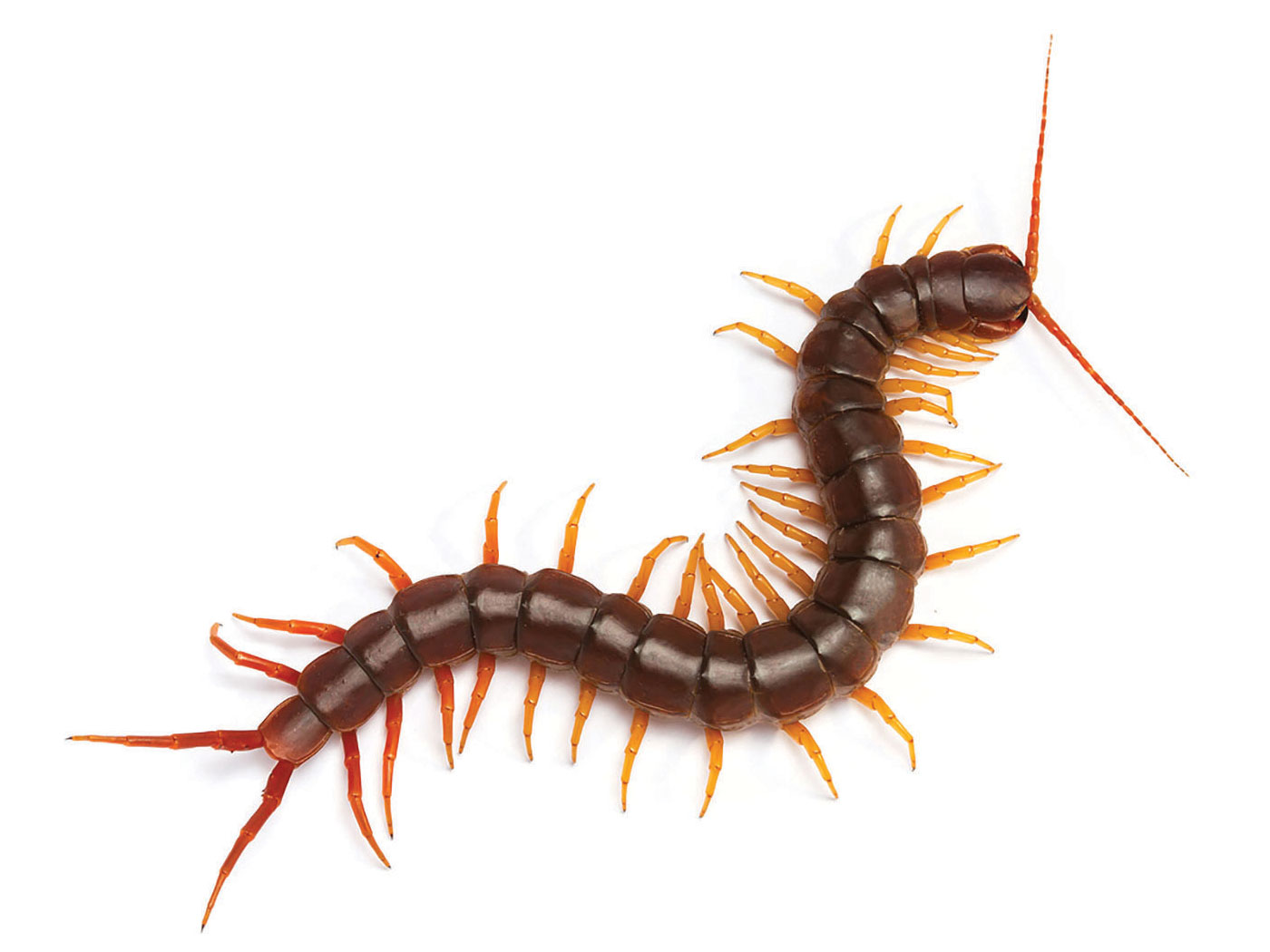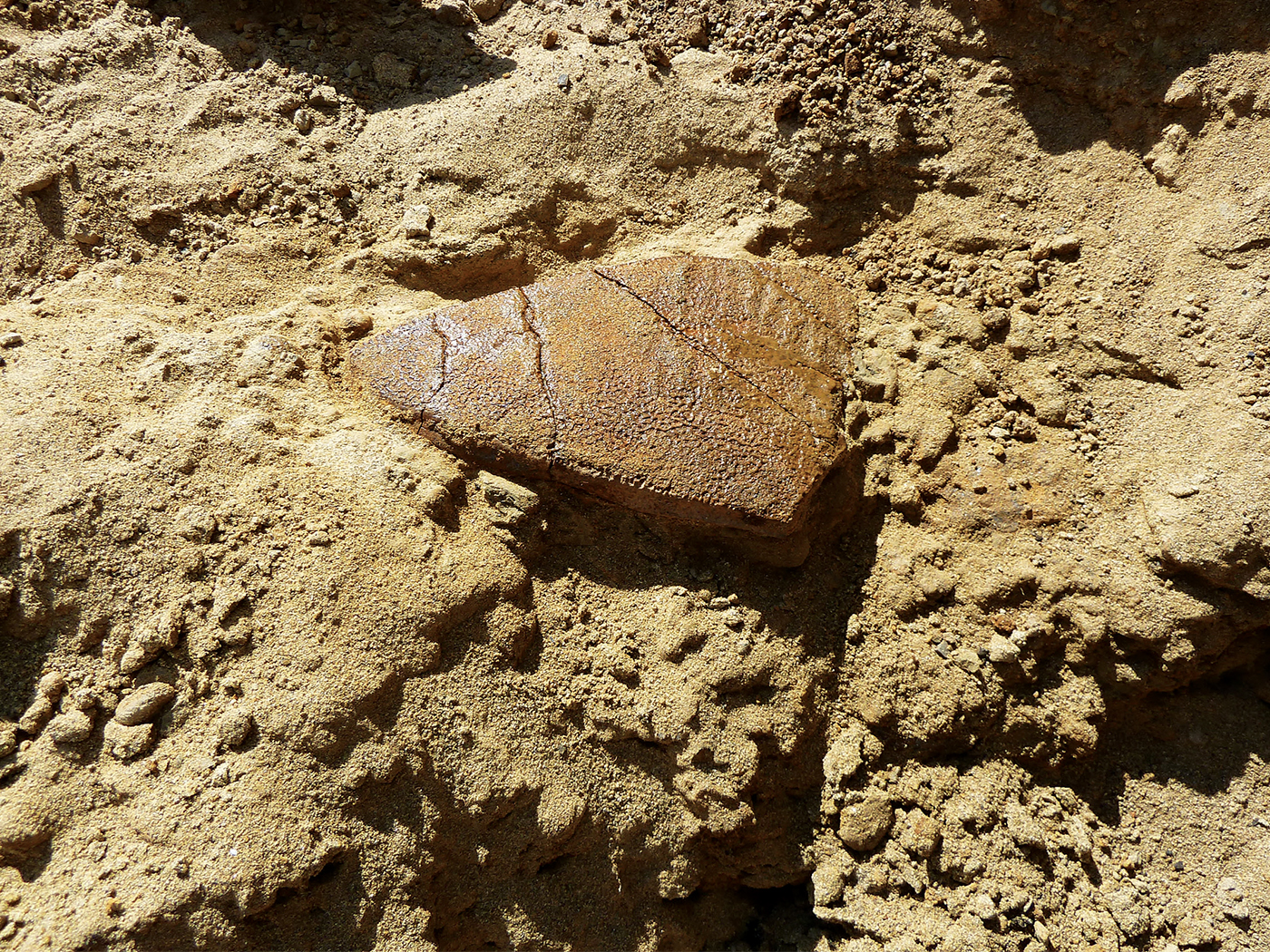Now is the season—late March and April—for bluebonnets to blossom in Texas!1 Establishing these beautiful flowers is difficult, as many have learned. But that difficulty is itself telltale evidence of God’s bioengineering care, because those flowers need much more than luck to succeed!
This passage from the gospel of Matthew quotes the Lord Jesus Christ using an imperative verb to direct His audience to intensively study and thoroughly learn about wildflowers in order to better appreciate what kind of Creator our God is.3
After doing so, we should better appreciate how much purposeful planning and providential working God has employed to prepare us for life—abundant life now and everlasting life to come!
God has designed every flower, most of which will never receive a passing glance by any human during its ephemeral life cycle, much less any prolonged and detailed-observation-based study. Should we care? If we really think through how much careful planning and bioengineering work God has invested in wildflowers we will much more easily appreciate how much planning and providence God has programmed and orchestrated into our own lives, including how we struggle through crises and other tough times.2
For just one example of God’s handiwork in a wildflower, consider the Texas bluebonnet, the official flower of the Lone Star State.4 In the process of learning about these prairie ornaments—more glorious than any garment Solomon wore on his best day—we can recognize these simple yet important facts about the Texas bluebonnet:
- For these flowers to survive, more is needed than just sowing their seeds.
- Even planted properly, they have very specific growth needs.
- They contain potential diversity, yet only within boundaries.
- They show God’s big-picture care for ecologically healthy soil.
- They require fine-tuned design and maintenance, not just luck.
Thankfully, Texas bluebonnets have been intensively and thoroughly studied (matching the blended mandate of Matthew 6:28-30 and Luke 12:27-28) by botanists, agronomists, and ecologists for many years. Some notable ones are horticulturists Jerry M. Parsons, Steve George, and Greg Grant, all affiliated with Texas A&M University.5
Planting Bluebonnet Seeds Is Just the Beginning
To start with, God invented plants with their necessary seeds contained within all of the original ancestor plants. There would never be any plant reproduction if God had not designed the mechanics for successful plant progeny from the very beginning. So, with proper seeds, life can be reproduced, one generation after another. Yet, sowing seeds is just the beginning.
More Than Sowing Is Involved If You Want to Reap Texas Bluebonnets
As realtors are known to say, “Location, location, location!” And that is true when it comes to the successful germination and maintenance of Texas Bluebonnets. Geography matters, especially in all matters ecological, including how wildflowers fill various parts of the earth.
Texas Bluebonnets at Risk, Even If Planted Properly
Of course, plants get eaten. That was normal even before Adam’s fall in Eden, which incurred the curse of entropy and death on all of the earth.6
Consequently, regardless of the original food-web equilibrium, Texas bluebonnets must be resilient enough to survive the hungry herbivores of this fallen world, such as various voracious bugs (like roly-polies, sowbugs, and pillbugs) that gobble flowers of the fields. According to Michael McDowell, Texas bluebonnets are sometimes attacked by Conchuela stink bugs (Chlorochroa ligata), which appear soon after bluebonnet seedpods begin forming.7
Texas Bluebonnets Display Potential Diversity within Designed Boundaries
Within the genus of Lupinus, some varieties sport more colors than just royal blue. This is due to the dominant and recessive genes that code for blossom colors which God artistically incorporated into the original lupine genome. Texas bluebonnets also exist in varieties of white, pink, red, and even maroon!
Some might wonder: How can these wildflowers be tinkered with to produce these others colors? If a flower is “naturally” blue, so it’s well-known as a “bluebonnet,” shouldn’t it stay blue?
However, to say that the flower is “naturally” blue presupposes some assumptions about the built-in genetics of the flower. But what kind of variability did God design into the flower’s genotype to enable it to be visually expressed with a phenotype of different colors? The additional colors of the state flower were not genetically created by man; these colors have existed for as long as bluebonnets have bloomed.
Texas Bluebonnets, Being Legumes, Fertilize Soil with Nitrogen Compounds
But there’s more to marvel, because this lupine ornament fertilizes the Texas soil, by providing organic nitrogen needed throughout local food-webs.
Many soils already have naturally occurring Rhizobium, which makes finding a source of Rhizobium and applying it unnecessary. One way to determine whether Rhizobium inoculation has occurred is to look at the roots of an established plant. If there are nodules (small, rounded lumps containing nitrogen-fixing bacteria) on the roots, the bluebonnets have been inoculated by the bacteria. If you are not sure if Rhizobium is present and you can find a source, go ahead and add it.8
Having reviewed the above information and advice on how to raise Texas bluebonnets, in a garden or across a pasture, consider how utterly irrational it is to imagine that Texas bluebonnets “accidentally” invented themselves. They have various and unique genetic bioengineering blueprints, physiological traits, beauty, and ecological interactions such as helpfully fertilizing Texas soil with nitrogen compounds.
Blind, impersonal, evolutionary luck cannot explain the etiology or survival of the wildflowers we call Texas bluebonnets. These beautiful flowers (of any hue) are difficult enough for humans to establish and maintain—even when they start with the right kind of seeds, which God invented from scratch! So you can forget about bluebonnets evolving their way into real-world existence, via any imagined mixture of fortuitous luck and material accidents.9
Rather, Texas bluebonnets collectively and individually10 demonstrate how God loves and makes beauty in Texas fields. They are a huge and festive garment for some of the semiarid soils of the Lone State.
We can learn a lesson from the diligent efforts of Texan horticulturists who try so hard to plant and maintain Texas bluebonnets. They intelligently select, sow, and maintain growth from the right kind of seeds, planted in the right kinds of soils. Luck has nothing to do with it!
No wonder the Lord directed His followers to study, learn about, and thoughtfully analyze His providential programming, as it is daily displayed in His marvelous and multifarious (and artfully painted) wildflowers, such as Texas bluebonnets.2
References
1. Texas bluebonnets (Lupinus texensis), also called Texas lupines, are native only to Texas.
2. Matthew 6:28b-29. Also see Luke 12:27.
3. Tomkins, J. P., and J. J. S. Johnson. 2020. The Gospels Affirm the Dominion Mandate for Research. Acts & Facts. 49(2):10.
4. Texas bluebonnets is the name given for a group of lupine flowers (scientifically called Lupinus spp., meaning a plurality of similar lupine species), the leading example being Lupinus texensis.
5. Parsons, J. M., S. George, G. Grant. Texas Bluebonnets—Texas Pride. Aggie Horticulture. College Station, TX: Texas A&M AgriLife Extension. Posted on aggie-horticulture.tamu.edu, accessed March 31, 2020.
6. Compare Genesis 3 to Romans 8:19-22.
7. McDowell, M. Untold Stories of 2013: When Insects Attack! Plano Prairie Garden Posted on planobluestem.blogspot.com January 23, 2014, accessed March 31, 2020.
8. Staff Writer. How to Grow Texas Bluebonnets. Lady Bird Johnson Wildflower Center. Posted on wildflower.org, accessed March 31, 2020.
9. Regarding the problem of animistic mysticism parading as “science” falsely so-called (1 Timothy 6:20), see Guliuzza, R. 2010. Natural Selection Is Not ‘Nature’s Design Process'. Acts & Facts. 39(4):10-11; Guliuzza, R. 2011. Darwin’s Sacred Imposter: How Natural Selection Is Given Credit for Design in Nature. Acts & Facts. 40(7):12-15.
10. It is noteworthy that each Texas bluebonnet flower is a stand-alone exhibit of God’s glorious Creatorship. See Johnson, J. J. S. 2011. Quintillions of Creation Witnesses: Blood Service Agents Testify for Creation. Acts & Facts. 40(5): 8-9.
*Dr. Johnson is Associate Professor of Apologetics and Chief Academic Officer at the Institute for Creation Research.











